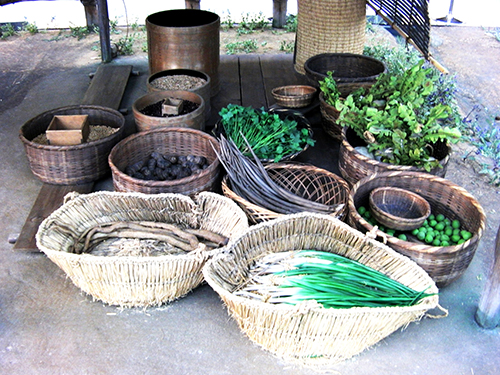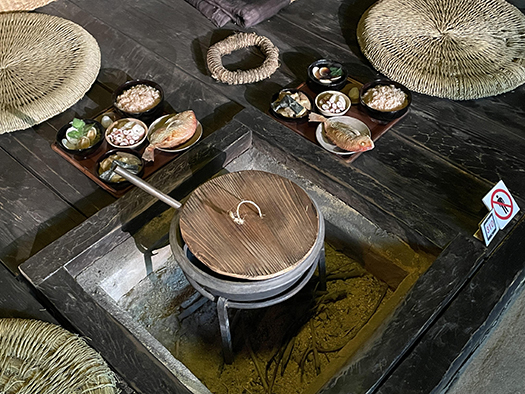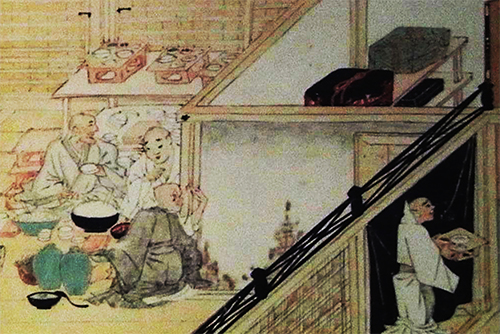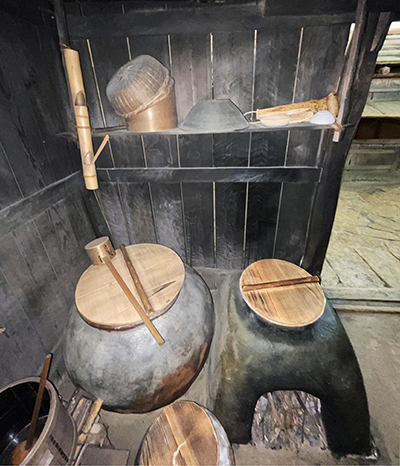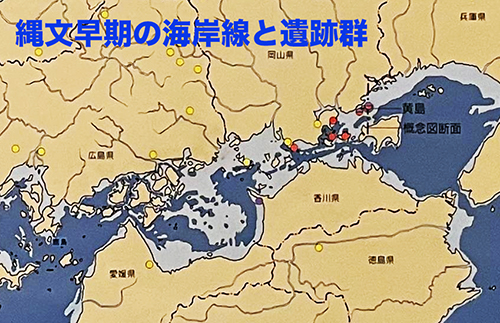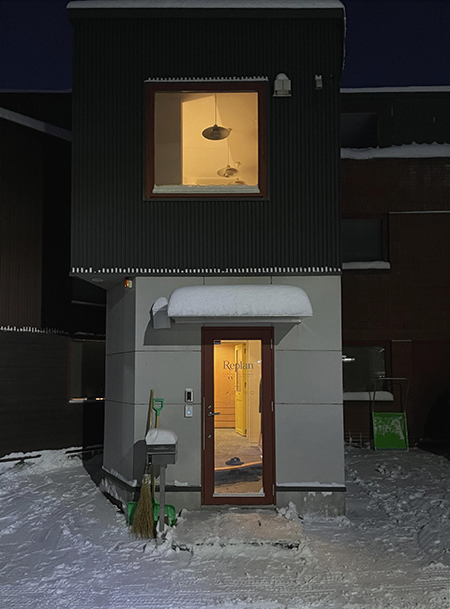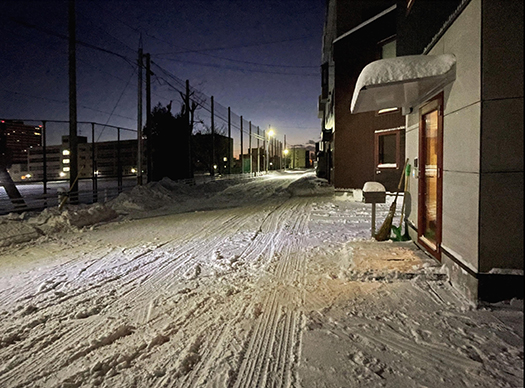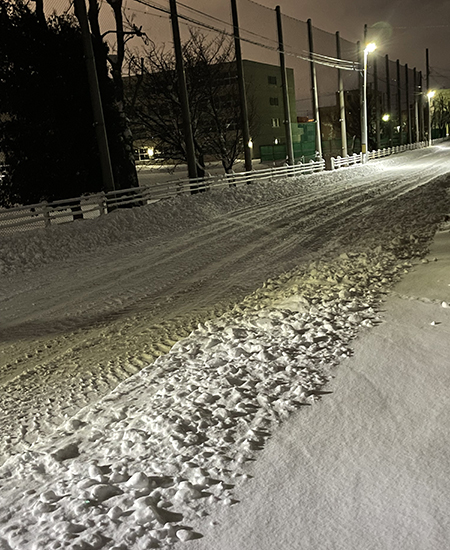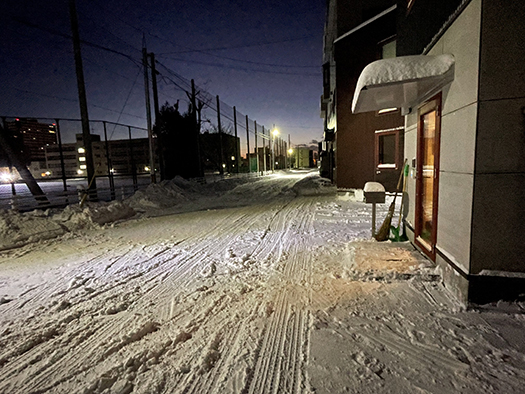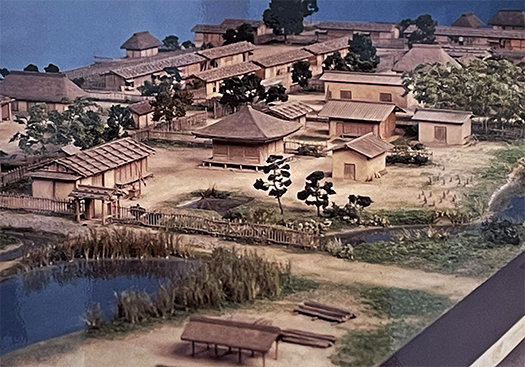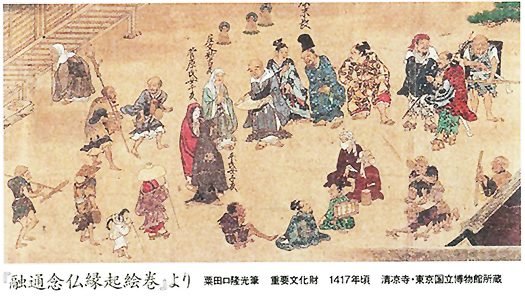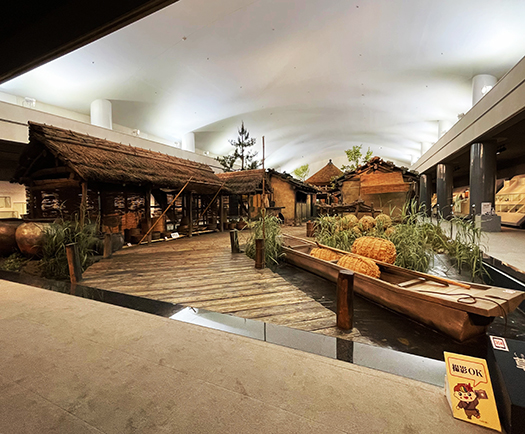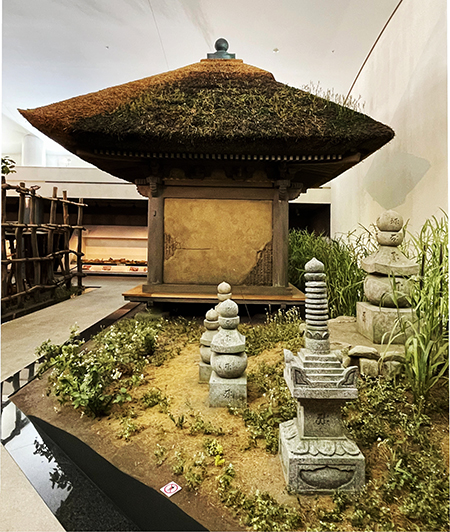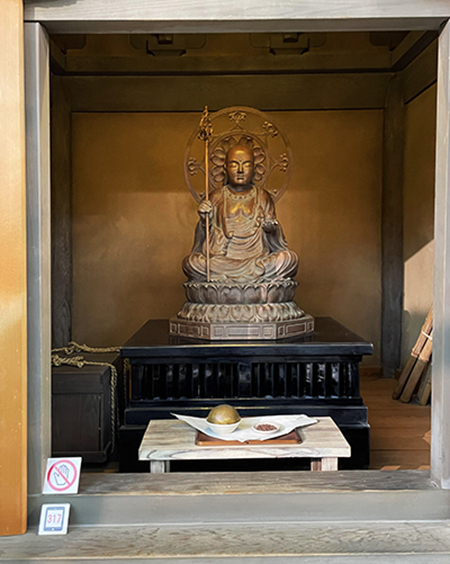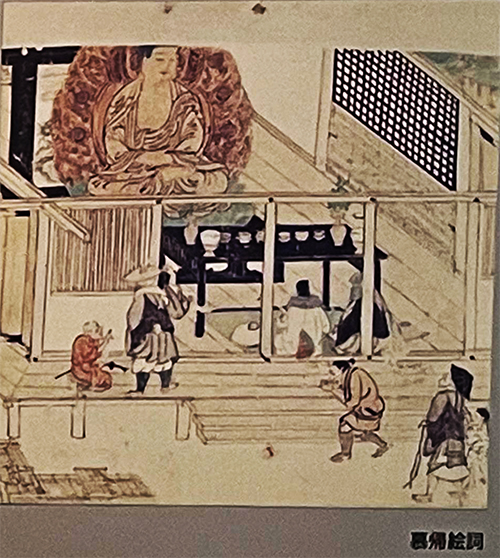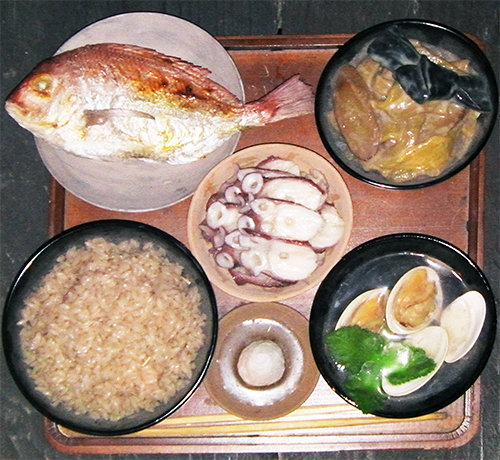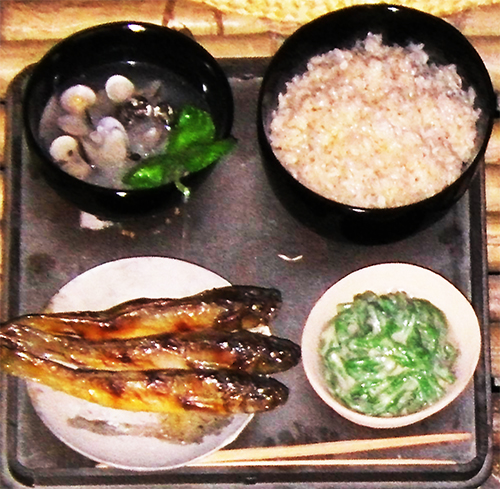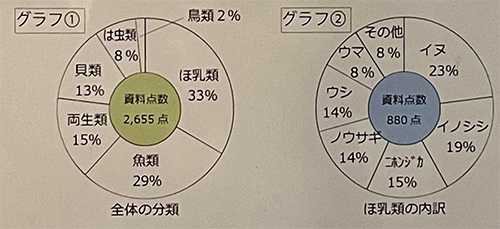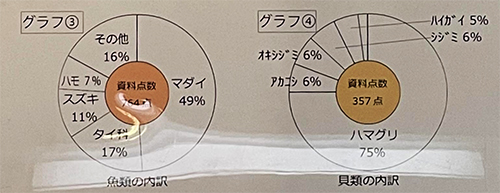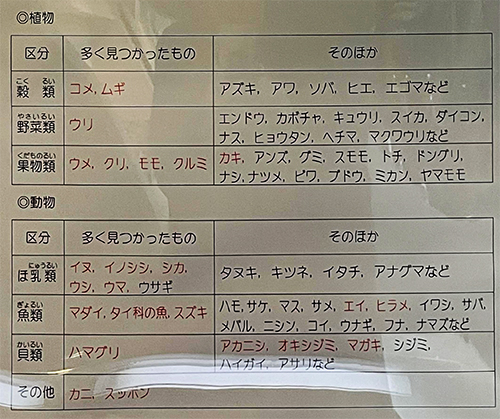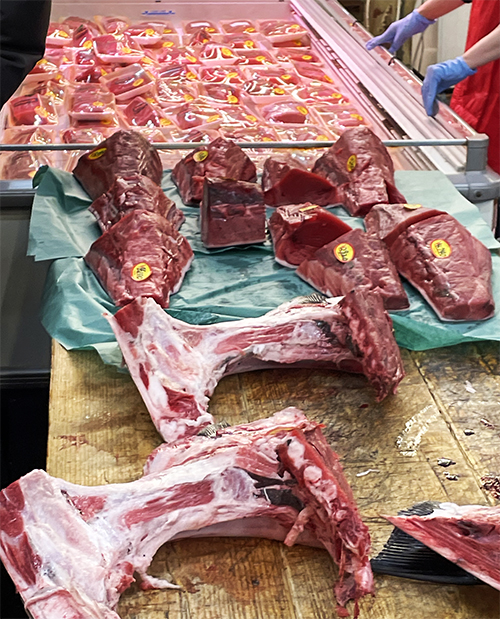


きょうはことしの最終日、大みそか。知人への手土産やわが家の生鮮品など買い物にお出かけであります。例年だともうちょっと早めに来られるのですが、30日までズレ込んでしまった。
だいたいこういう暮れの買い物については、札幌市民の台所と言われる札幌市中央区の北西のはずれに立地する中央卸売市場に行くようにしています。札幌中央卸売市場とは全道、全国各地から生鮮品が集合してセリにかけられて業者向けに流通する「場内」と呼ばれる市場であって、その活気ある空気が大好きなのです。
わたしは小さいときから「食品製造業」を営んでいた実家で毎朝登校前、その仕事を手伝うのがふつうの暮らしでした。そしてこの中央卸売市場にも納品の手伝いとしてトラックに同乗して通ったりしていた。そこで触れる市場の雰囲気がカラダに染み込んでいる部分があるのでしょうね。
ことしはカレンダーの関係でそういう「場内市場」は29日で閉場してしまっていた。やむなくその場内市場に一番近くてほぼ隣接している「場外市場」に出掛けた次第。っていうか、わたしは社員スタッフににぎり寿司を握ってふるまったりするのが好きなので、いつも食材仕入ではここに来ています。たまには場内にも入って、旬の食材を確認したりする。なかなか見られない珍しいものが発見できたりする。
だいたい朝5時くらいには開場するのでちょっと30分ほど遅らせて行ってみたのですが、さすがにことしの開場最終日ということでたくさんの買い物客の駐車ぶり。「これはこれは」と思っていたら場内はちょっと満員御礼ムードでありました。先日まで草戸千軒の市の様子を書いていましたが、こういう無言の民の集合ぶりはどんなに時間が経過しても、変わらないニッポンの光景なのでしょう。
目利きに優れた店舗はおのずと混雑を極め、やや殺気立つような雰囲気も出てくる。とくにお正月の刺身ネタとして大人気のマグロ専門の店舗はすごい人気ぶり。以前、マグロ丼をスタッフに作ったときに数キロ分のマグロを仕込んだこともあったのですが、最近カミさんの知人女性の娘さんがこちらの店主に嫁がれたという新鮮情報も同行のカミさんからもたらされた(笑)。ご同慶の至り。
そういえば、市場の店舗の各所でかわいい小学生くらいとおぼしき子どもたちがお店の手伝いに駆り出されていて、かわいい掛け声で場を盛り上げていた(笑)。まるでタイムスリップして自分の小さいときと再会しているような楽しい光景。大して必要とも思えなかったけれど、ついつい買ってしまった(笑)。
こういう庶民の感覚、商売とコミュニケーションの両方が、愛すべき雰囲気として子どもたちに伝わっていって欲しい、そんな年の瀬のワンシーンでした。
English version⬇
[Shopping at Sapporo Central Market at the end of the year 🎵].
The atmosphere of Kusado-Senken is still the same today. The vitality of the central market that fills the stomachs of the citizens of Sapporo, Hokkaido. The vitality of Nippon, created by the gems of the south and the delicacies of the north. ・・・・.
Today is the last day of the year, the big New Year’s Eve. We are going shopping for souvenirs for our friends and perishables for our house. Usually, I can come a little earlier, but it has been postponed until the 30th.
I usually go to the Sapporo Central Wholesale Market, which is located in the northwest corner of Chuo-ku, Sapporo, and is said to be the kitchen of the citizens of Sapporo. The Sapporo Central Wholesale Market is a market where fresh produce from all over Hokkaido and the country is gathered and auctioned for distribution to traders, and I love its lively atmosphere.
Since I was a small child, I usually helped my parents, who were in the “food manufacturing” business, every morning before going to school. I also rode in the truck to the central wholesale market to help with deliveries. The atmosphere of the market that I was exposed to there must have been ingrained in my body.
This year, due to the calendar, the “on-site market” was closed on the 29th. I had no choice but to go to the “Outer Market,” which is the closest and almost adjacent to the Inner Market. I like to make nigiri-zushi for my staff, so I always come here to purchase ingredients. Sometimes I also go into the market to check on seasonal ingredients. Sometimes I discover rare and unusual items that are not easily seen.
The doors usually open around 5:00 a.m., so I delayed my visit by about 30 minutes, but as expected on the last day of the opening this year, there were many shoppers parked in the lot. I was surprised to see so many shoppers parked in the lot, and I thought to myself, “Well, well, well. I had written about the Kusado-Senken market the other day, and this kind of gathering of silent people is a Japanese scene that will never change, no matter how much time passes.
Stores with excellent taste naturally become crowded, and the atmosphere can be somewhat deadly. In particular, stores specializing in tuna, which is very popular as sashimi material for New Year’s, are incredibly popular. I once stocked up on several kilos of tuna when I made tuna donburi for my staff, and my wife, who was accompanying me, brought me fresh information that the daughter of a female acquaintance of hers had recently married the owner of this restaurant (laugh). We are very happy to hear that.
Speaking of which, there were cute children of elementary school age helping out at the stores in the market, and their cute shouts were enlivening the place (laugh). It was like going back in time and being reunited with my own childhood. I didn’t think I needed it much, but I ended up buying it (laugh).
It was one of those scenes at the end of the year that I hope will be passed on to children as a lovable atmosphere of common people’s sensibilities, both business and communication.
Posted on 12月 31st, 2023 by 三木 奎吾
Filed under: 「都市の快適」研究 | No Comments »


